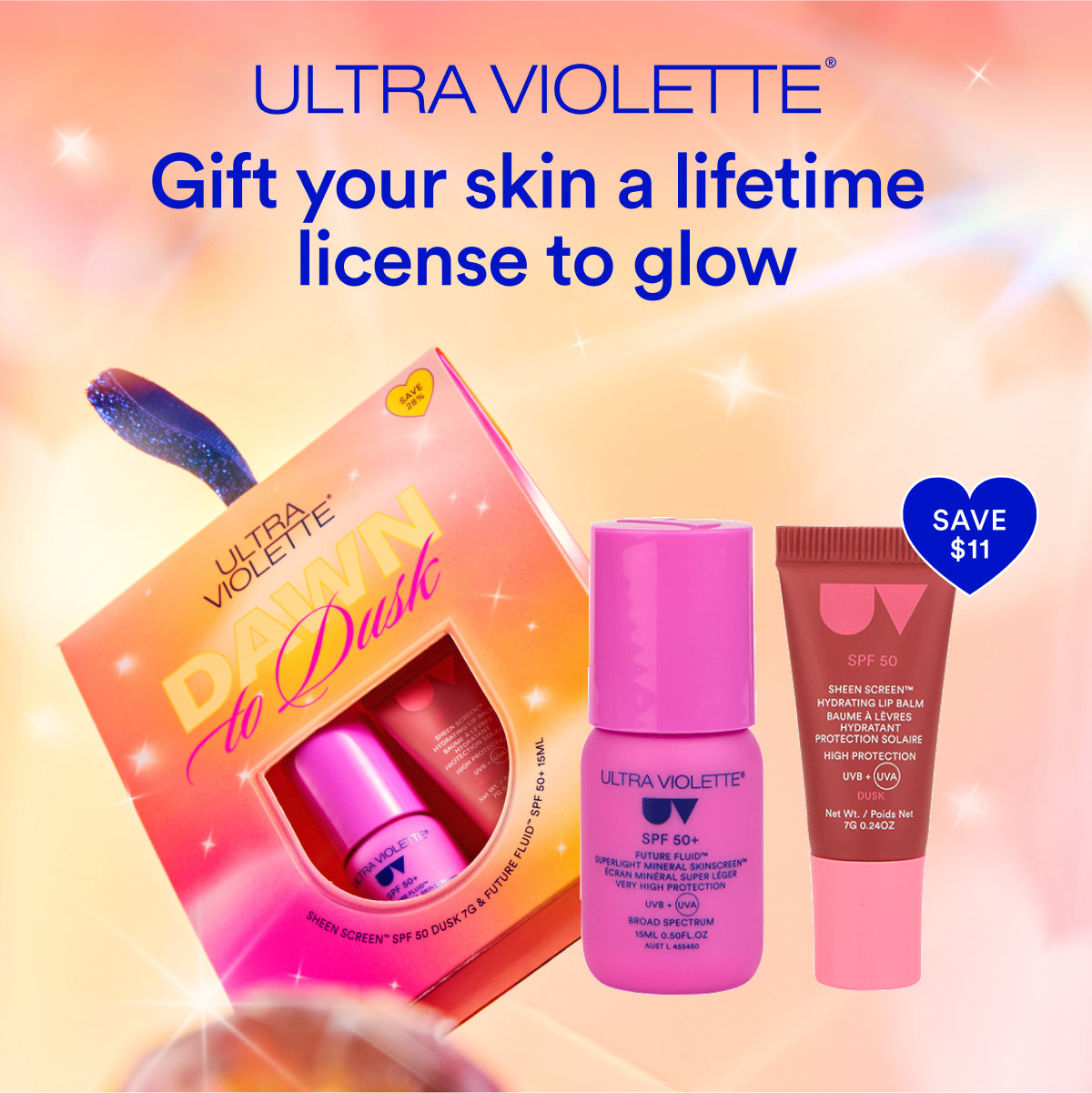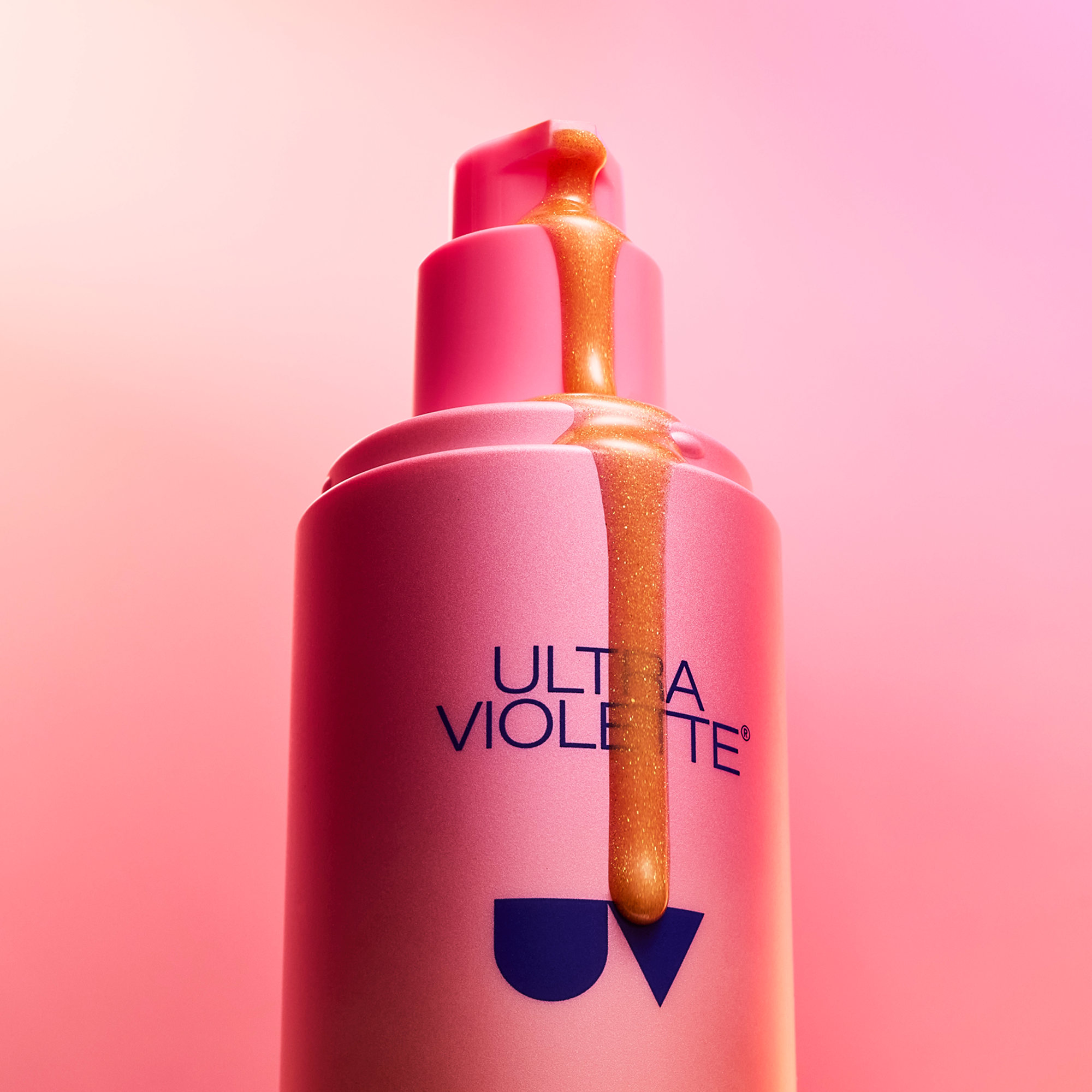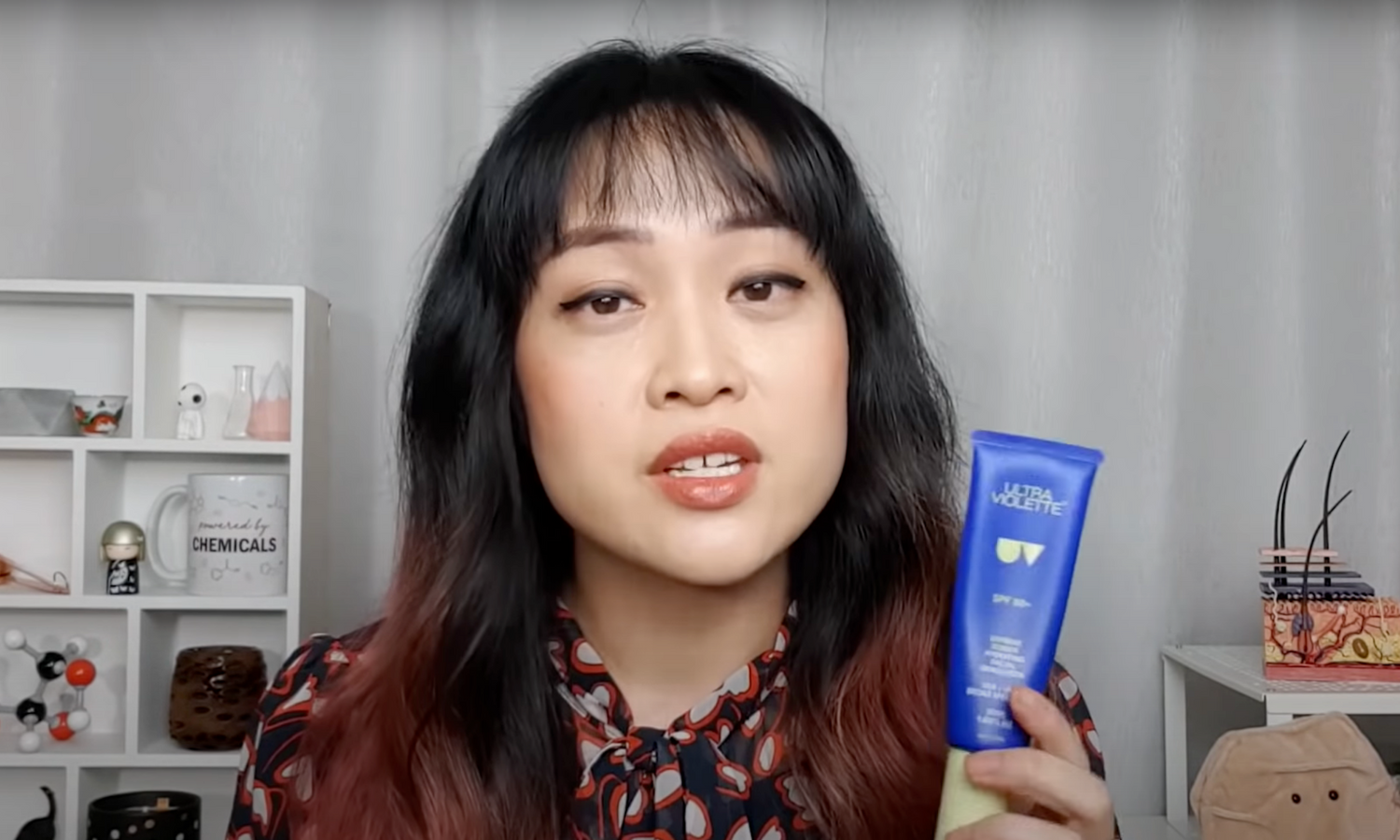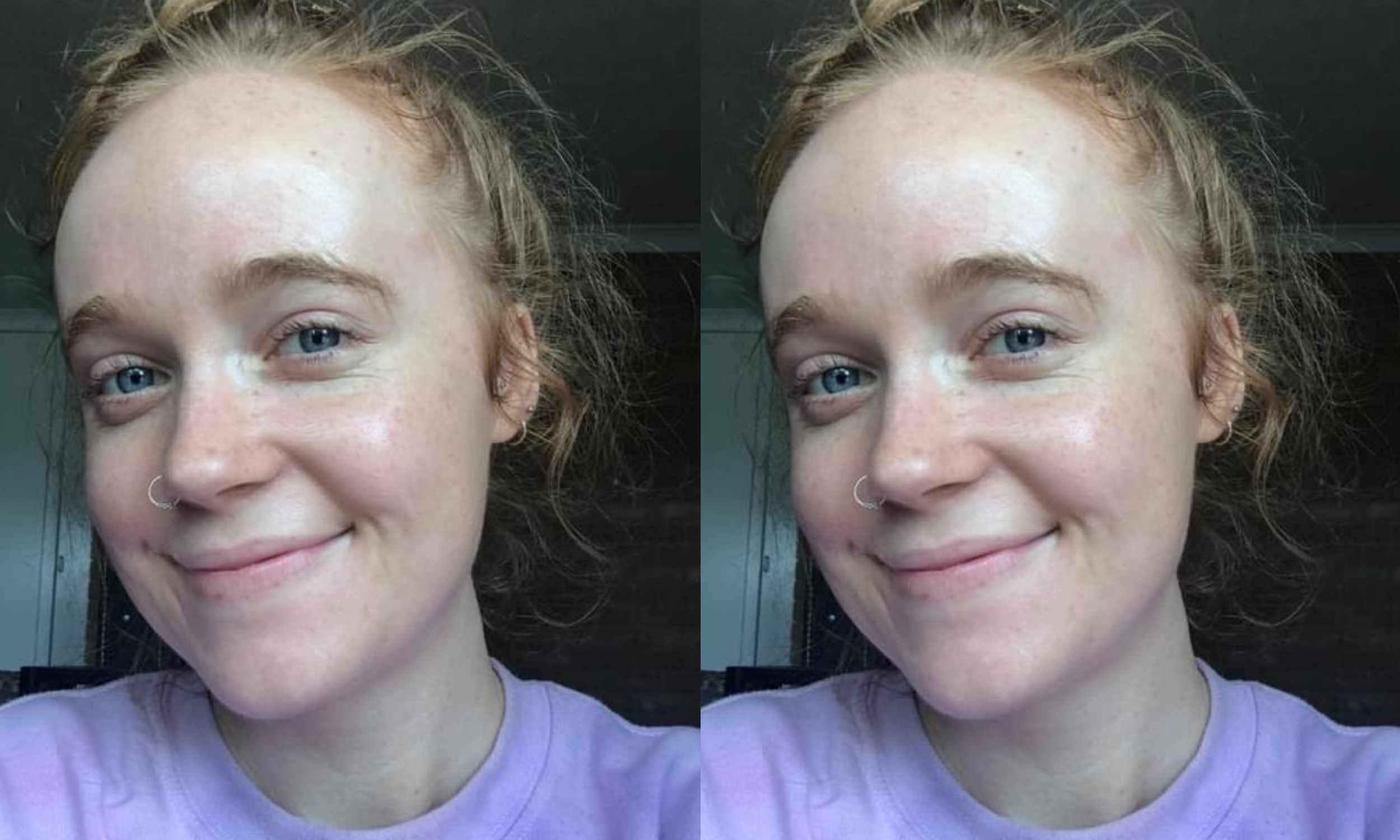How much SPF do I actually need to apply and how often? How is the amount worked out?
A little goes a long way is a lie when it comes to sunscreens. The less sunscreen you apply, the less protection you have. You can think of sunscreen like paint - if you don't have enough, it won't shield your skin effectively from the sun.
The Cancer Council recommends applying 5 mL (approximately one teaspoon) for each arm, leg, body front, body back and face (including neck and ears). SPF for the face alone, excluding neck and ears, a common recommendation is ¼ teaspoon (roughly two finger lengths). This quantity is based on the amount used in SPF testing, which is 2 milligrams of sunscreen per square centimetre of skin.
Sunscreen should be reapplied every 2 hours, and after swimming or sweating. This is to make sure that the sunscreen is in an even layer. Just like a foundation, sunscreen clumps up after it's been on your skin for too long, and if there are gaps then the sun can get through.
If I reapply every two hours can I spend all day in the sun?
Sunscreen is an amazing tool for sun protection, but it's best to take other sun protection measures as well. Unfortunately sunscreen isn't a suit of armour - some UV will still get through to your skin! It's impossible to apply it completely evenly, and it rubs off and the sunscreen film bunches up over time.
To ensure you're effectively protected from the sun, you should also cover up with clothing, hats and sunglasses, seek shade when possible, and avoid being in the sun during the middle of the day when UV levels peak.
How is SPF tested in Australia and what makes an Australian SPF so good?
Sunscreens with SPF 4 and above, and moisturisers with SPF 15 and above are regulated as therapeutic goods by the TGA (you'll see an AUST L number on their packaging). This means that they're held to higher standards than cosmetic products, with strict requirements for testing, manufacture, quality control, labelling and reporting of side effects. In most parts of the world, sunscreens are treated as regular cosmetics, with less requirements.
The process for SPF testing is similar in Australia and many other parts of the world. 10 human volunteers with light (Fitzpatrick I to III) skin have sunscreen applied at 2 milligrams per square centimetre on their back. A special lamp is used to deliver different amounts of UV to the skin. The relative amounts of UV required to cause reddening (erythema) on bare versus protected skin are used to calculate the SPF.
Is there an easy way of converting an Aussie SPF into something with a UVA-PF or PPD value?
"Broad spectrum" in Australia means that the UVA protection will be at least one-third of the SPF value. However, this only tells you the minimum UVAPF you're getting from that sunscreen - it can be far higher!
In terms of UVA protection, Australian sunscreens are allowed to use filters that are more effective (like Tinosorb S and Uvinul A Plus), which allows higher UVA protection than in some other regions like the US.
How much better is an SPF 50 or 30 compared to an SPF15?
UV protection is proportional to the SPF number. There's a common myth that SPF 50 is only 1% better than SPF 30 - however, this is based on the amount of UV that's blocked. In terms of the skin-damaging UV that gets past the sunscreen (which is the UV we care about!), SPF 50 is almost twice as protective as SPF 30, and SPF 30 is twice as protective as SPF 15.
(Reference: https://jamanetwork.com/)
I want to mix my screens together! Is that okay?
It's best not to mix sunscreens. For a sunscreen to work well, it has to form an even layer on your skin. Mixing can change how the sunscreen spreads and dries on your skin, so you can end up with an uneven layer with spots where there isn't enough protection. Some sunscreen actives can also inactivate each other.
I heard that SPF is killing all the coral reefs. Fact or fiction?
Fiction. In studies, sunscreen ingredients caused coral samples to bleach, but these were conducted with high concentrations of sunscreen that aren't found in the environment. There is no evidence that coral reefs in the wild have been affected by sunscreen.
As a precaution, it's best to be careful with the sunscreen you're using if you're swimming right next to coral but otherwise, your sunscreen will be diluted by the time it reaches a reef.
Are mineral SPFs better for than chemical SPFs?
There is no "best" sunscreen for everyone! There are advantages and disadvantages for both mineral and chemical sunscreens, and different people will have different priorities when it comes to finding the right product.
The main advantages of chemical sunscreens are that they can achieve higher protection than mineral sunscreens, and generally have nicer textures and are invisible on skin (important if your skin is darker - you still want to apply enough sunscreen!).
The main advantage of mineral sunscreens is that they are usually safer for sensitive skin (although many chemical sunscreens are non-irritating as well - but there might be a bit more trial-and-error involved if you don't know the specific sunscreen filters you're sensitive to).
Do chemical and mineral sunscreens work differently?
Not really! Chemical and mineral sunscreens both mostly work by absorbing UV and converting it to a harmless and undetectable amount of heat. Mineral sunscreens (zinc oxide and titanium dioxide) as well as a few chemical sunscreens (notably Tinosorb M, listed as methylene bis-benzotriazolyl tetramethylbutylphenol) also reflect and scatter a small amount (about 5%) of the incoming UV.
Do chemical sunscreens produce more heat than mineral sunscreens, and does that matter?
Because mineral sunscreens (and the chemical sunscreen Tinosorb M) also reflect and scatter a small amount of UV, chemical sunscreens will produce a tiny bit more heat - but the difference is undetectable (for reference, there's usually a bigger temperature difference between your wrist and elbow than between the two different sunscreens!).
Is a physical SPF best for melasma?
To prevent melasma from worsening, it's important to pick a high SPF sunscreen that doesn't irritate your skin, regardless of whether it's physical or chemical.




